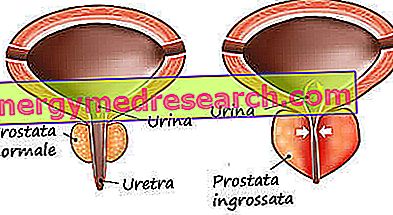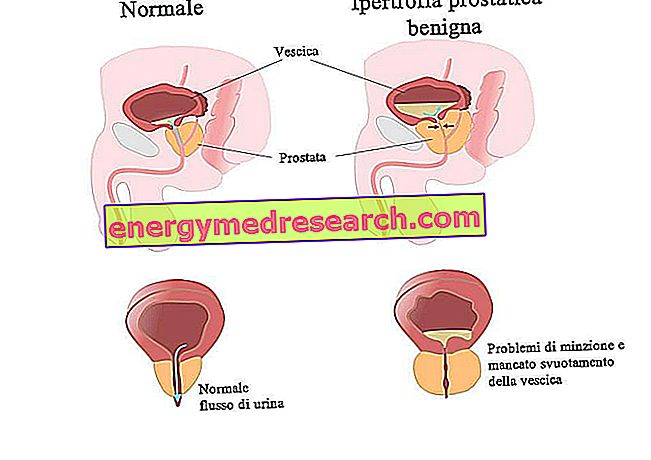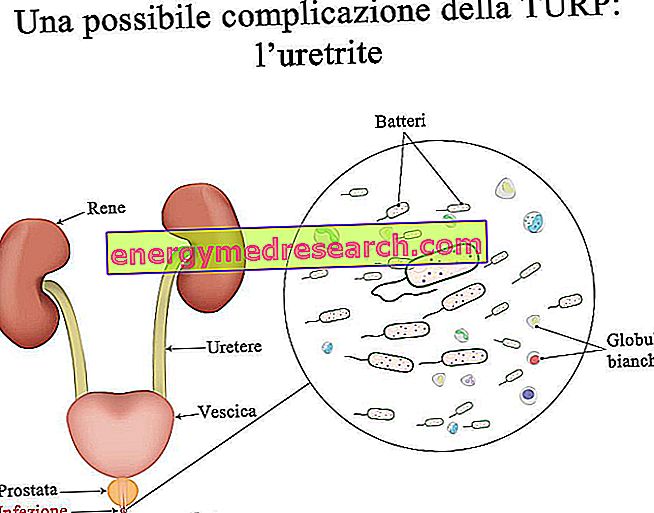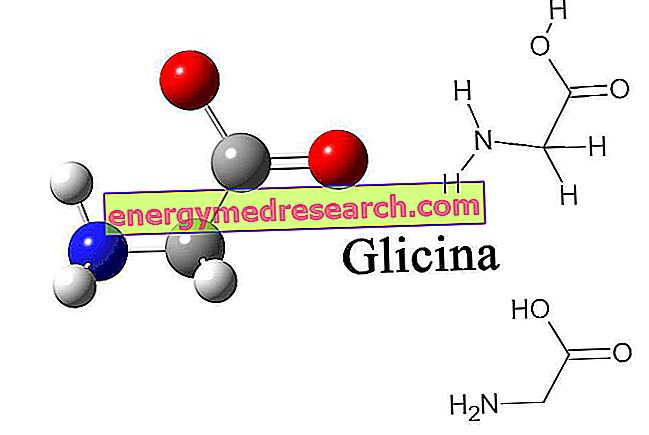Generality Benign prostatic hyperplasia is a disease characterized by an enlargement (hyperplasia or hypertrophy) of the prostate - more specifically epithelial and stromal prostatic cells - that leads to the formation of nodules in the periurethral region of the prostate. When these nodules are large enough, they compress the urethral canal, causing partial obstruction of the same, thereby interfering with normal urinary flow
Category prostate health
Transurethral resection of the prostate ( TURP ) is the partial prostate removal surgery, reserved for men suffering from benign prostatic hypertrophy. Performed by a surgeon who specializes in disorders and diseases of the urogenital system, TURP involves anesthesia and the use of a particular tubular instrument - the resectoscope - provided, at one end, with a light, a camera and a source of electric shocks
Transurethral resection of the prostate ( TURP ) is the partial prostate removal surgery, reserved for men suffering from benign prostatic hypertrophy. Its execution is within the reach of most patients. The exceptions are represented by: Those who have recently suffered a heart attack or who have had a heart surgery
Transurethral resection of the prostate ( TURP ) is a surgical operation aimed at removing a part of the prostate, that is, the gland positioned just below the bladder and secreting the so-called prostatic fluid; prostatic fluid which, when mixed with spermatozoa, forms seminal fluid (or sperm). To make the intervention of TURP necessary is a condition that affects the prostate, known as benign prostatic hypertrophy
Transurethral resection of the prostate ( TURP ) is the partial prostate removal surgery, reserved for men suffering from benign prostatic hypertrophy. Its realization improves both the symptomatology connected to this morbid condition (difficulty in urination, weak or intermittent urine flow, nocturia, etc
Transurethral resection of the prostate ( TURP ) is the partial prostate removal surgery, reserved for men suffering from benign prostatic hypertrophy. Like any surgery, TURP is also a complication risk procedure, some of which are far more common than others. Among the possible most common complications, we recall: Retrograde ejaculation
Prostate cancer can be asymptomatic - this occurs mainly at the beginning - or characterized by various manifestations such as: need to urinate often, difficulty in starting or ending urination, blood in urine or sperm, intermittent urination, sense of pain or burning during urination or ejaculation and, finally, pain in the back, legs or hips
TURP stands for transurethral resection of the prostate , a surgical procedure aimed at removing a part of the prostate in men with benign prostatic hypertrophy. TURP requires anesthesia (general or spinal) and involves the use of a special instrument - the resectoscope - which the surgeon inserts into the urethra and uses to dissect excess prostate tissue
Often, when doctors and experts talk about breast cancer, ovarian cancer or prostate cancer, they also name the BRCA1 and BRCA2 genes and their possible influence in the carcinogenic process. But what exactly are BRCA1 and BRCA2? BRCA1 and BRCA2 are two tumor suppressor genes . Tumor suppressor genes (or tumor suppressors ) play a fundamental role within the cell and the entire body: they produce proteins capable of repairing damaged DNA and suppressing the uncontrolled cellular proliferation typical of cancer cells
Generality Prostate adenoma is a disease characterized by benign enlargement of the prostate , which typically involves the periurethral zone (around the urethra). Over time, the increase in volume of the prostate gland causes irritative symptoms and various problems with urine outflow. The prostate adenoma is found above all with advancing age, as a consequence of the physiological aging process, due to hormonal changes or other concomitant pathologies
What is Prostatic Biopsy? Prostate biopsy is a diagnostic test aimed at the collection of small prostate tissue samples, subsequently observed with an optical microscope to confirm or exclude the presence of prostate cancer. How to do it? Possible complications. Preparation Indications When is it necessary











